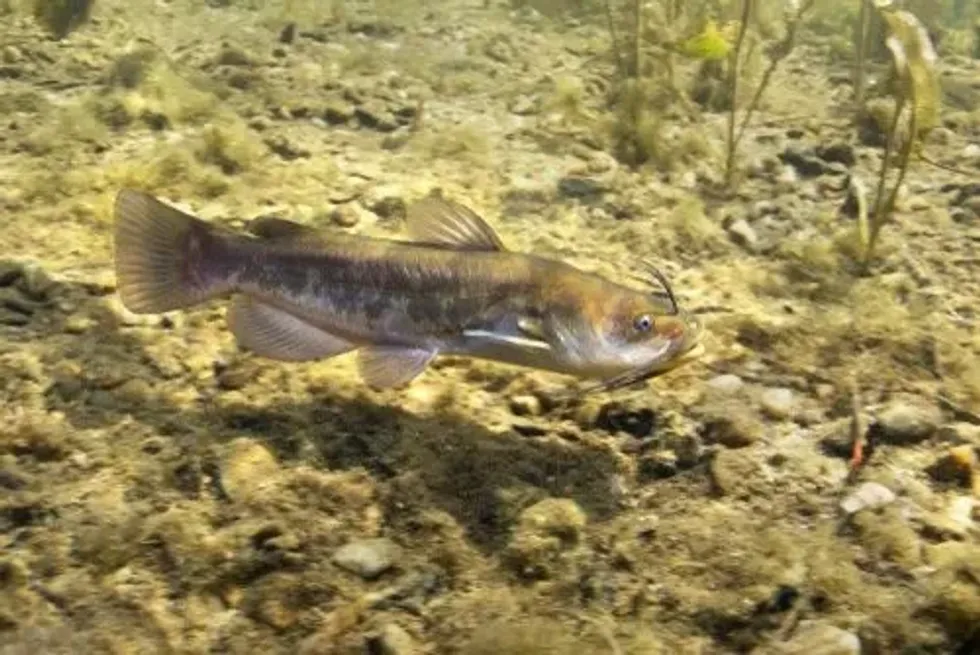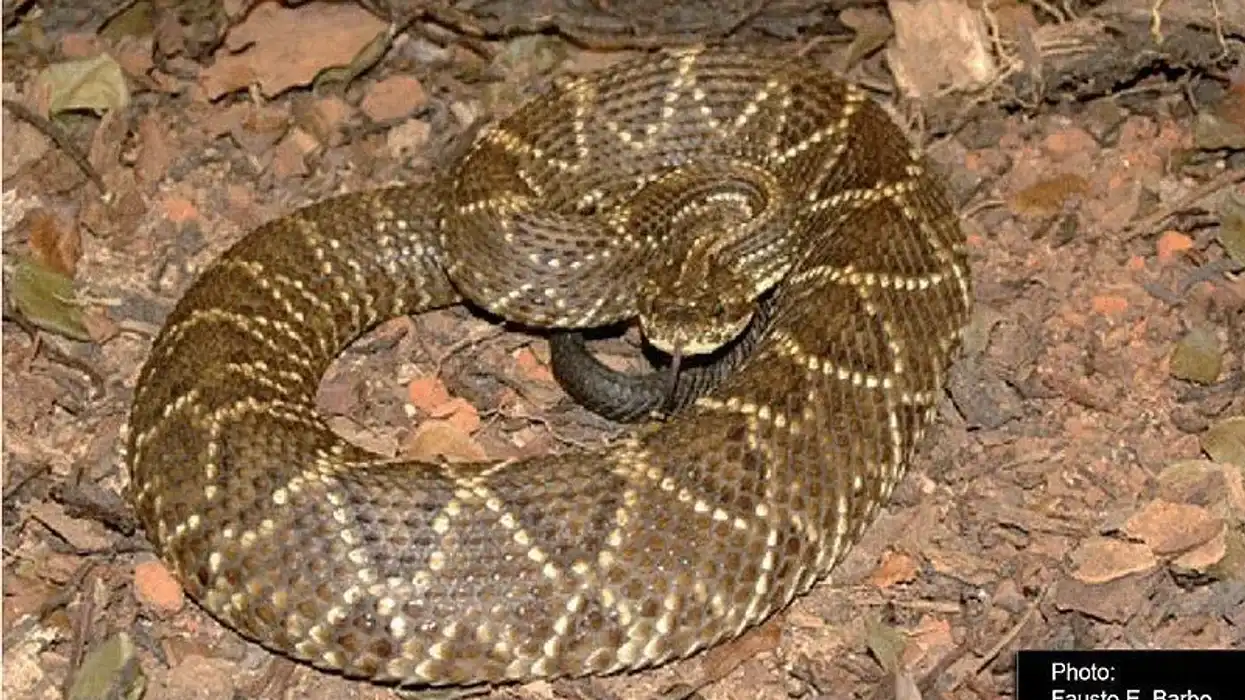The bullhead catfish is a fish animal variety generally found across North America. Having a place in the catfish family Ictalurids, this bullhead fish is broadly known as the hornpout, horned pout, mud pout, and mudcat. Bullhead catfish are known to endure low water quality with common oxygen conditions.
They live in the shallows containing low oxygen levels, typically streams, lakes, ponds, rivers, and reservoirs. Its dark whiskers make it look different from its nearby family member. There is the brown bullhead, black bullhead, and yellow bullhead.
Looking for bullhead catfish has become progressively mainstream over the years among both food anglers and for sport. The bullhead is a smooth and vile-cleaned fish species.
They develop to be around 1 ft (0.3 m) long, and sometimes they can grow up to 20 in (50.8 cm) in length. They have an earthy-colored hued body that will, in general, be yellowish around the tummy. The horned sulk has an expansive and level head, one of the trademark appearances of catfishes.
They have a right tail blade, a pectoral spine with saw-like teeth, and dull jawline barbels. Its distinguishing features is the presence of long and somewhat thick bristles around its mouth.
You may also check out our fact files on fangtooth and whale shark from Kidadl.
Bullhead Interesting Facts
What type of animal is a bullhead?
Bullhead catfish is a type of fish species belonging to the family Ictalurids. It is pretty popular in North America and Canada, and it is also known for its use in a variety of dishes. There is the brown bullhead, black bullhead, and yellow bullhead.
What class of animal does a bullhead belong to?
Bullhead is a type of fish belonging to the Animalia kingdom, class ray-finned fishes. The different types of bullheads include the brown bullhead, the black bullhead and the yellow bullhead.
How many bullheads are there in the world?
An accurate count is not available. Bullhead catfish are classified under the Least Concern category, meaning that these fish are still being bred in many parts of the world.
Where does a bullhead live?
The local scope of dark bullheads broadens west from the Appalachian mountain and reaches Arizona. They can also be found in northern and southern Canada, and as far north and east as New York.
Bullheads have been acquainted with parts of California and Nevada. They have likewise been found in parts of England.
Bullheads are popular due to their ability to adapt to a variety of water conditions. They are usually found in freshwater habitats, but they can also be kept in shallow waters like small ponds, lakes, rivers, and reservoirs.
What is a bullhead's habitat?
Young and adult bullheads are found in most freshwater natural surroundings, from little ranch lakes to huge lakes. They can survive in water that other fish species can't including water that is dirty, has low degrees of oxygen, is exceptionally warm, and has heaps of suspended residue.
Since they are a moderately little fish, dark bullheads can likewise live in little creeks and waterways.
They lean towards regions with delicate bottoms and avoid territories where the water is free flowing and scurries. Bullhead catfish feed in waters that are from 3-10 ft (1-3 m) down.
Who do bullheads live with?
Bullhead catfish are known to be less social and do not like to meet other fishes. They prefer to stay with other catfish and form their own school. Adult yellow bullheads can be healthy and feed themselves, whereas the young cannot survive on their own.
How long does a bullhead live?
Bullheads live for around five years in the wild and somewhat more in captivity. The oldest catfish is known to have lived to around 10 years of age. They can be easily kept in aquariums and they adjust well to pet life.
How do they reproduce?
After a female has developed a home, she pulls in a male by prodding the male's mid-region with her nose. The female will store eggs in the house, and the male holds his sperm onto them after that.
The female monitors the home for the first day and at that point, the male takes over for the rest of the eggs life.
What is their conservation status?
Bullhead catfish is currently not registered on any conservation registry, and it is classified as Least Concern by the IUCN. This indicates that the population of this fish species is stable.
Bullhead Fun Facts
What do bullheads look like?
Bullheads can be distinguished as they have a broad head and long, dull whiskers. These whiskers are known as barbels and are utilized to feel and taste their surroundings. They are dim earthy colored to dark on their top surface and yellowish or white on their undersides.
How cute are they?
Bullheads are not known for their cuteness and they look like any other common fish. Some people think that their whiskers make them look cute, so people like to keep them as pets.
How do they communicate?
Taste buds are found in the mouth and elsewhere on the body. Bullheads have five taste buds on their body surface. The barbels acts as both an outside tongue and hands.
Bullheads can feel with their body and their barbels. Bullheads use these taste buds to help separate prey. As in numerous catfishes, the swim bladder is utilized to communicate using vibrations.
How big is a bullhead?
Bullheads usually grow up to (7.9 in) 20 cm, but many of them can grow even longer, sometimes up to 13.7 in (35 cm). On average, they weigh around 1.5-8 lb (0.7-3.6 kg)
How long are they?
This species of catfish can grow up to a length of 3.9-13.7 in (10-35 cm).
How fast can a bullhead swim?
Not much information is available on the average swimming speed of a bullhead, but these fish are not known to travel around a lot.
How much does a bullhead weigh?
Bullheads usually weigh around 3.2 lb (1.5 kg). Some bullheads have also grown large enough to weigh 8 lb (3.6 kg).
What are the male and female names of the species?
The males and females of the bullhead catfish species don't have separate names.
What would you call a baby bullhead?
There is no specific name for a baby bullhead.
What do they eat?
Young bullheads generally flourish with tiny crustaceans, similar to amphipods, ostracods, and copepods, just as bugs and their hatchlings. Midge hatchlings and other young bugs are the principal diet for grown-up bullheads. They are known to eat little fish and fish eggs too. Dark bullheads will likewise eat plant material and rummage.
Are they dangerous?
They are safe to either keep as pets or consume, and they are not dangerous. Bullheads do not sting you, but they are considered bad because of their shard fins that can hurt you.
Would they make a good pet?
Yes, they are known to be good pets because they are small in size, making them the best for a home aquarium.
Did you know...
Bullheads can make the water where they live more overcast and turbid, making it hard for other fish species to endure. Bullheads are significant transitional hunters in the biological systems in which they live.
Is a bullhead a catfish?
Yes, bullheads, additionally called horned frown, are one of the few North American freshwater catfishes of the class Ameiurus and the family Ictaluridae. Bullheads are identified with the channel catfish and other enormous North American species.
They have squared tails, as opposed to forked tails, and are for the most part under 12 in (30 cm) in length. The brown bullhead, the black bullhead, and the yellow bullhead are all legendary bullhead catfish. Bullhead catfish also have whiskers.
Do bullhead have teeth?
Bullheads have solid jaws and many needle-like teeth inside their mouths, used for catching and eating their prey.
Here at Kidadl, we have carefully created lots of interesting family-friendly animal facts for everyone to discover! For more relatable content, check out these red drum facts and basking shark facts for kids.
You can even occupy yourself at home by coloring in one of our free printable bullhead coloring pages.









